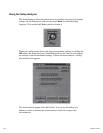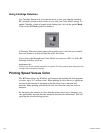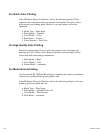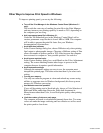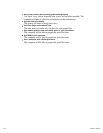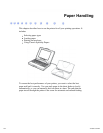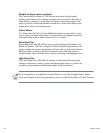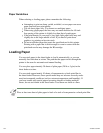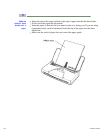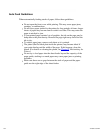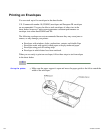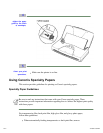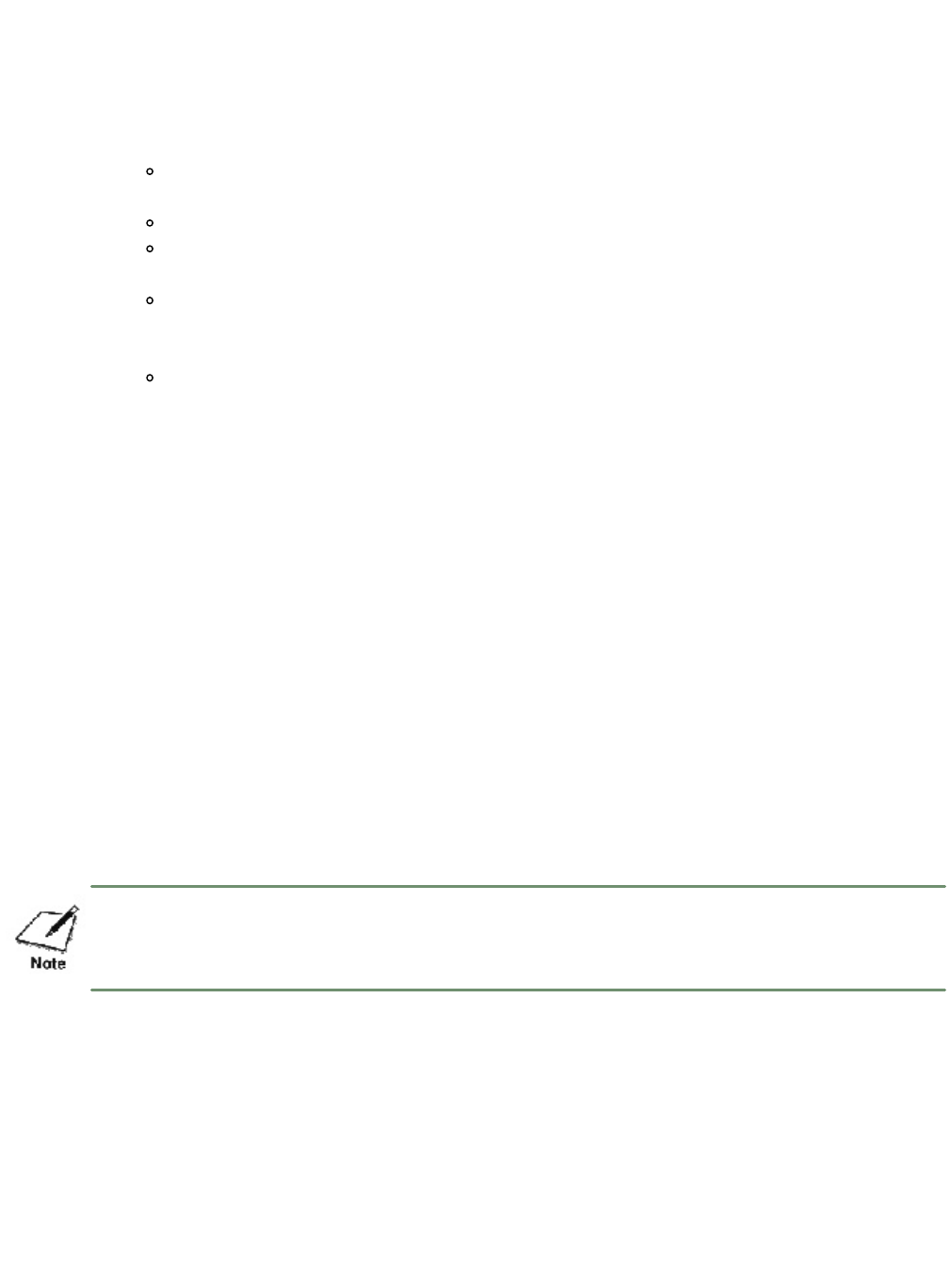
Paper Guidelines
When selecting or loading paper, please remember the following:
Attempting to print on damp, curled, wrinkled, or torn paper can cause
paper jams and poor print quality.
Use cut-sheet paper only. You cannot use multipart paper.
When using graph paper, the lines may not match because the 1/6 inch
line spacing of the printer is slightly less than that of graph paper.
If the print density of your page is very high, light paper stock may curl
slightly due to the large amount of ink. If you need to print dense
graphics, try printing on heavier stock.
Do not use thicker paper that meets the specifications for this printer.
Printing with a paper that is thick enough to come in contact with the
print head nozzles may damage the BJ cartridge.
Loading Paper
You can stack paper in the sheet feeder to load it automatically, or you can
manually feed one sheet at a time. The path that the paper travels through the
printer is the same for automatic and manual feeding.
You can place approximately 30 sheets of plain paper (20 lb or 5 g/m) in the
sheet feeder at a time.
You can stack approximately 10 sheets of transparencies or back print film in
the sheet feeder. However, these special media may not advance correctly under
usual environmental conditions (such as extreme temperatures and humidity). If
you have trouble with special papers becoming skewed or feeding multiple
sheets, do not stack them in the sheet feeder. Load them one sheet at a time.
Place at least one sheet of plain paper in back of a stack of transparencies or back print film.
1 of 1 4/24/98 3:05 PM



